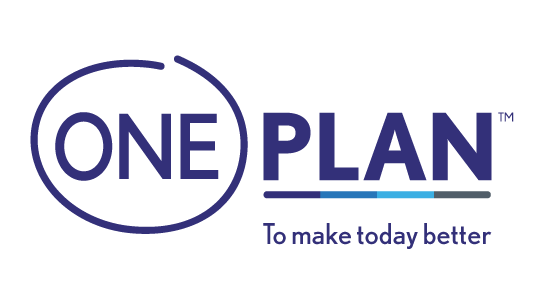Are you wondering what the difference between health insurance and medical aid is?
These two terms may come into contact with another – perhaps even mistakenly be used interchangeably – but they are not the same thing. There are important differences that you should know if you’re thinking of investing in a medical scheme.
Knowledge is power so we’re going to unpack the question: is medical aid the same as health insurance? No, it definitely is not! If you’re keen on learning more about insurance, let’s get straight into it.
When people think of the healthcare they would want when they’re hurt or ill, private healthcare will often come to mind. Public facilities have struggled for years with infrastructure and understaffing. That’s why it’s so important to have a health plan in place to keep you and your family secure. It is important to understand what you’re getting into and what you’re going to be getting out of it, and understanding the difference between health insurance and medical aid is the first step.
Related: Health Insurance vs. Medical Aid vs. Hospital Plans: 5 key differences
Why should I know the difference between health insurance and medical aid?
Knowing the difference between health insurance and medical aid is important because 1) this is your hard-earned money you’re spending and 2) you want to know that you’re choosing the right option for YOU. Every person, household and budget is different. That’s why it’s so great that you have options! It’s even greater when you learn about those options and make informed decisions.
Health insurance and medical aid are similar in the sense that they provide access to private healthcare, but they are vastly different products.
Learn more: A step-by-step guide to understanding health insurance plans
What’s the deal with medical aid?
Medical aid is a broad offering that covers you for expensive treatments or surgeries. Similar to health insurance, your cover is all dependent on your plan. There is also the added benefit of out-of-hospital expenses. That means being covered for services like optometry, dentistry and chronic medication.
Medical aid often offers cover for up to 100%. That’s why it is infamous for being an expensive option. Unfortunately, the majority of South Africans are unable to afford a medical aid scheme.
Because medical aid is required by law to cover you for very expensive medical treatments, monthly premiums are significantly higher than that of health insurance.
So even though the 100% cover sounds appealing, you must remember that bills can often go beyond 100%. For example, specialists, surgeons and anaesthetists can sometimes charge up to 500% for your treatment. That means you will be liable for the remaining 400%. Yikes.
(When we talk about health insurance – also known as medical insurance, we’ll talk about how it can help you if you’re already on a medical aid scheme but need a helping hand.)
The main point of difference between the two is the way the coverage works. Medical aid will work directly with healthcare providers, meaning that when there is an emergency or a consult the provider will be paid directly instead of through you.
Medical aid also often comes with a set network of doctors and hospitals they can work with.
You can read up more about how you can afford private healthcare here.
What’s the deal with health insurance?
Health insurance is an affordable option that offers you the same access to private healthcare that medical aid does.
You pay a monthly premium to your insurer in exchange for certain healthcare benefits. Depending on your policy, you will be covered for a set annual limit and within the outlined T&C’s.
And with Oneplan (that’s us), you’ll find that those T&C’s are so comprehensive that you will feel fully secure whilst not paying exorbitant fees for quality healthcare.
With health insurance, you know your annual limits and you know what you are and aren’t covered for. For example, Oneplan has five plans that range from a simple but very effective Core Plan, all the way to a fully comprehensive Executive Plan. Both have been fantastic for our various clients, and we would recommend them to South Africans.
Making the best of both
So, you have a medical aid scheme already. That’s great! You’re looking out for your health and financial wellbeing! However, medical aid does come with some medical shortfalls, which is a fancy way of saying that there could be a gap in your cover when your medical aid doesn’t cover the full amount. Even if you take out comprehensive medical aid, certain things may not even be covered. Shortfalls come in the form of differences between your medical aid tariff rates and what specialists or doctors charge, and in the form of co-payments.
That’s where health insurance can help bridge the gap. Short term health insurance is something you can sign onto to make sure that if your medical aid falls short, you still have the protection of another health scheme. Hopefully you now have a better understanding of the difference between health insurance and medical aid. Next, here are five things you need to know when comparing health insurance plans.
Your Health Insurance Family,
Oneplan




